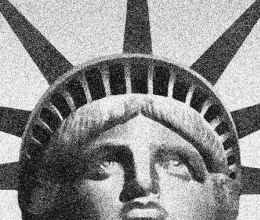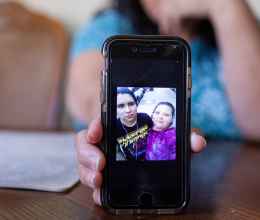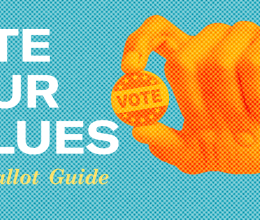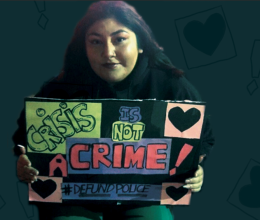
LOS ANGELES - A federal judge ruled late Tuesday that Ontario police officers' rights under both federal and state law were violated when a police detective installed a video camera in a men's locker room to spy on the officers.
U.S. District Judge Virginia A. Phillips held that Ontario Police Detective Brad Schneider, who arranged for the camera to be installed, violated the officers' rights under the Fourth Amendment to the U.S. Constitution and the state constitution's right to privacy.
"We are very pleased that the Court recognized the serious infringement on the rights of these police officers not to have a hidden camera filming them in the locker room. The violation is all the more outrageous since police officers, more than any other government employee, should know what limits the Constitution imposes on installing a hidden camera," said Peter Eliasberg, Managing Attorney at the ACLU of Southern California.
The judge ruled that a jury must consider the evidence to decide whether then Chief of Police Lloyd Scharf authorized the surveillance. If the jury concludes he did, then both Scharf and the City of Ontario would be liable under the U.S. Constitution. The case will proceed to a jury trial unless it is appealed by the city.
Sgt. Steven Trujillo, said he sees a better future for the police department and was pleased with the decision.
'It's a great feeling to know that the judge agreed with us,' said Trujillo, who has been a member of the department for 21 years. 'We feel vindicated. We knew since the beginning that our Fourth Amendment rights had been violated and now we are ready to proceed to trial to show that the Chief Scharf authorized it.'
In April 2005 Judge Phillips certified a class action lawsuit affecting more than 100 Ontario police officers after they discovered a hidden camera in the police department's men's locker room in 2003. The lawsuit, which was filed in 2004, is known as Trujillo v. Ontario.
Around 1996 a hidden surveillance camera was installed in a locker room and concealed in the ceiling. The camera provided a view of the door and the adjacent lockers and dressing area and was connected to a video tape recorder located in a nearby office. It was discovered when the Police Department began the process of moving to a new headquarters.
Approximately 125 persons have been identified on the one videotape that the plaintiffs have seen. The suit named the City of Ontario, the former Chief of Police, and others as defendants.
The American Civil Liberties Union of Southern California, is representing the plaintiff class along with the law firm of Bahan & Associates.





